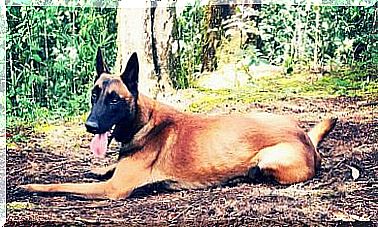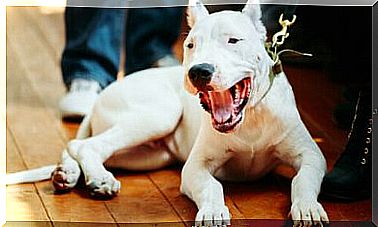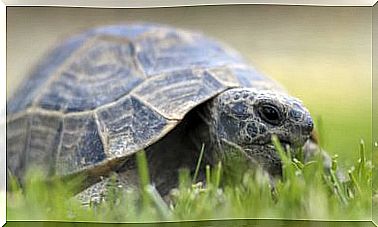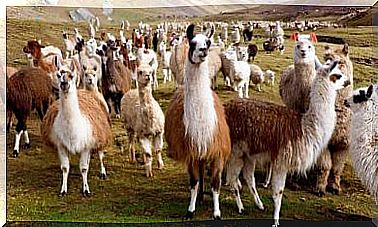What Do Ants Eat?
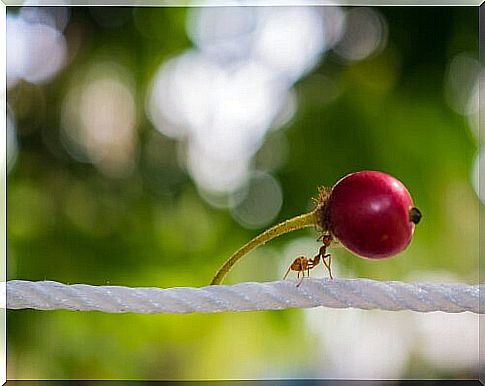
Ants are among the most widely distributed insects globally. Its ability to adapt to a varied diet, depending on the environment and the time of year, was crucial for the survival and extension of its population. Next, we’ll look at what ants eat and why this type of food favored their adaptation.
General information about ants
Currently, about 14,000 species of ants are known to inhabit every continent, with the logical exception of Antarctica. These insects form a wide and very diverse family called Formicidae , which belongs to the order Hymenoptera.
Like other insects, ants have an exoskeleton and their body is divided into three distinct segments : the head, the mesomata (chest and first abdominal segment) and gaster or metasoma (second abdominal segment). Between the gaster and the mesomata, there is a kind of girdle made up of us, called the petiole.
However, ants show certain morphological characteristics that allow them to be distinguished from other insects. Among them, the antennae on the head, the notable constriction of the stomach and the presence of metapleural glands stand out.
Ant species can vary widely in size and appearance. The smallest species can reach only two millimeters in adulthood, while the largest can exceed 25 millimeters. On your body, dark tones tend to predominate, such as black, brown or grayish.

What do ants eat?
The ant is an omnivorous animal that normally maintains a very varied diet: it can consume almost everything it finds in its environment. In addition to capturing available prey, ants can collect leaves, herbs, seeds, pieces of fruit and vegetables, cereals, fungi and even carrion.
Some species of ants usually hunt in large groups: they make collective attacks that allow them to hunt larger prey. Other poisonous species use their toxin to immobilize their prey. Then they tear them apart so they can take their flesh to the anthill.
The types of foods that ants eat depend mainly on their species, their habitat and the season. Species that live in cold environments with harsh winters usually store a large amount of food in the nest in order to prepare for the “dry” season.
This ability to adapt to such a varied diet has been fundamental to the worldwide expansion of the ant population. These insects have adapted to virtually all types of ecosystems and microclimates, and are one of nature’s most resilient animals.
In addition, their omnivorous and versatile food allowed the ants to adapt optimally to human intervention in their habitat. They build their anthills near or inside buildings. Ants have abundant and continuous availability of food as they collect human food waste.

The eusociality and feeding ants
One of the most fascinating curiosities about ants is their eusociality. This is the most complex type of social organization in the entire animal kingdom and is based on caste recognition.
Currently, eusociality is observed only in some insects, bees, wasps and ants, in some species of crustaceans and in the naked mole rat.
To survive, the ants must build their refuge, popularly known as the anthill. Within each anthill, a society divided into three castes is formed: the queen ant, the soldier ants and the worker ants.
- The queen is the great mother and leader of all individuals who live in the anthill. Its main and noblest function is to transmit its genetic material, which ensures that its species remains able to survive.
- Soldier ants are responsible for protecting and defending the community from predators or enemies that want to invade the nest.
- Worker ants are those that carry out the basic work for the preservation of the community. One of its most important functions is precisely the collection of food for all members of your anthill, including the queen. They not only deal with transporting and providing food, but are also responsible for maintaining the anthill and rearing the larvae.
